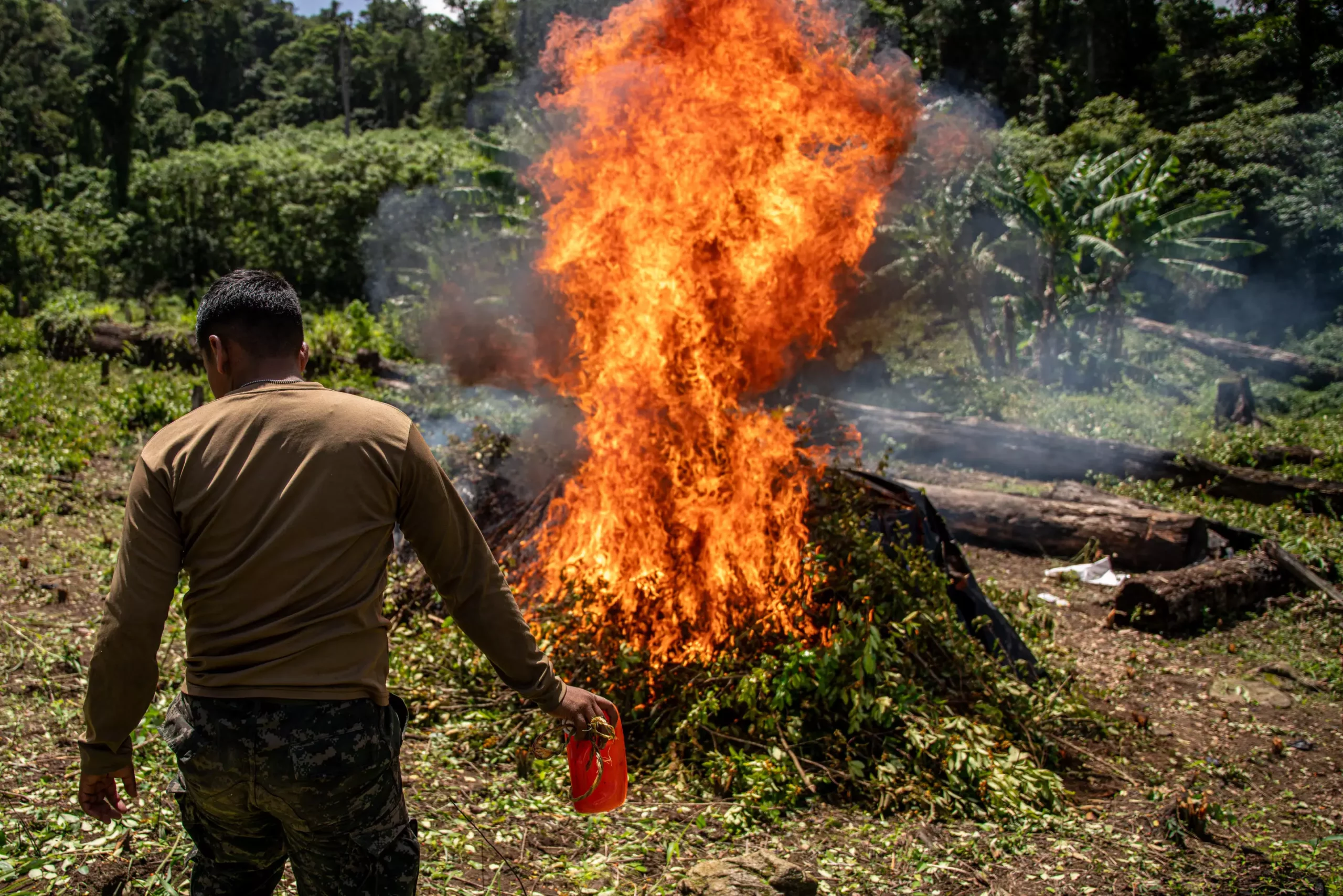The coca plant, historically synonymous with South American drug trade, has begun to show its potential for expansion into Northern Central America. A recent study highlights that nearly half of the territories in Honduras, Guatemala, and Belize provide an ideal environment for coca cultivation, a significant shift that could reshape the dynamics of the cocaine market. With 47% of northern Central America deemed suitable for this lucrative cash crop, the historical stronghold of coca production faced in South America is at risk of being challenged, according to research conducted by a team from The Ohio State University and the Universidad del Tolima.
The implications of coca’s geographic shift are profound. Kendra McSweeney, a professor of geography and the study’s lead author, indicated that South America’s long-held monopoly is no longer tenable. As coca cultivation spreads, it may lead to increased production and potential risk for local communities, especially if current drug policies remain unchanged.
The team undertook a meticulous approach to understanding the conditions under which coca could thrive in Central America. Drawing upon press releases and reports from 55 coca eradication operations between 2017 and 2022, the researchers mapped out clusters of coca cultivation. This spatial analysis included assessing the critical soil, climate, and topographic variables that may foster or restrict coca farming.
Utilizing advanced machine-learning models, the researchers compared the environmental conditions in Northern Central America with known coca-growing sites in Colombia. Their findings revealed that, similar to traditional crops evaluated for agricultural viability, coca could indeed flourish in these areas, presenting a growing concern for law enforcement and policymakers.
Despite the apparent suitability for coca cultivation in Northern Central America, questions arise as to why criminal organizations are considering expansion into this territory when coca production in South America is already booming. The research posits several theories. One potential explanation is that the cessation of armed conflict in Colombia post-2016 has encouraged new strategies for coca business management, including the advantages of proximity to consumer markets such as the United States.
Moreover, the reduced regulation of precursor chemicals essential for processing coca into cocaine in Central America provides traffickers with an additional incentive to diversify their operations. Accessibility to markets, shorter supply chains, and reduced risks associated with maritime interdictions create an economically viable scenario for these criminal enterprises.
The publication of this research did not come without ethical concerns. The researchers grappled with the potential consequences of their findings, fearing that revealing information regarding coca-growing locations could inadvertently assist criminal organizations or lead to unwarranted law enforcement actions against innocent agricultural communities.
Despite these concerns, the team recognized the public’s right to be informed about the possible expansion of the coca industry in the region. Collaborators in Central America advocated for the publication of the study, asserting that the local communities must be cognizant of the developing situation. McSweeney noted that those involved in illicit coca cultivation were likely already aware of the agricultural suitability of the region.
While the current presence of coca plantations in Northern Central America is limited, the researchers stress that predicting the future landscape of coca cultivation remains challenging. The fate of coca farming in this region depends largely on the responses from governments and local authorities to this emerging threat.
The Colombian experience has taught researchers that previous eradication strategies have often backfired, leading to the diffusion of coca farms into new areas rather than reducing production rates. As such, the authors advocate for a reassessment of current drug policies, suggesting that reliance on punitive measures alone may drive criminal elements to migrate rather than diminish their operations.
In light of the research findings, McSweeney and her colleagues urge policymakers to explore innovative solutions to combat drug trafficking that do not perpetuate cyclical patterns of defiance. Current law enforcement strategies focused on eradication and interdiction are predicted to fail, merely relocating the problem without addressing underlying issues.
To effectively address the potential rise of coca cultivation in Northern Central America, multifaceted approaches must be considered, involving not only law enforcement but also social and economic initiatives. The shift in coca cultivation demands a comprehensive reevaluation of how societies confront drug-related challenges.
Ultimately, the emergence of coca cultivation in Northern Central America presents a new frontier in the ongoing struggle against drug trafficking, underscoring the urgent need for effective policies that address the root causes of drug proliferation and seek sustainable solutions for affected communities.


Leave a Reply